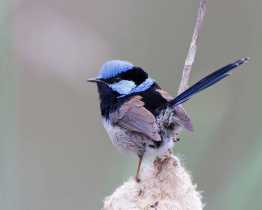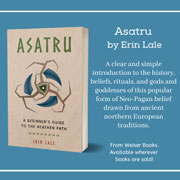“We'd like to sing a Solstice blessing on the house,” I tell the barrista. “Is that cool?”
Her eyes sparkle.
“I'll go turn down the music,” she says.
Yule Morning 2022.
Having sung the Sun up from a snowy Powderhorn Park, the coven has adjourned to nearby May Day Cafe for Sunrise brunch. (Yes, that's the place's real name. Welcome to Paganistan.) The food was good, the talk as well, and it's the Yule of the year. Before we go, we'd like to give something back.
I'm a little concerned about interrupting meals or conversation, but when we turn at the door and begin to sing, people look up and listen.
We sing.
be all here in this place.
By your leaves, we will sing
concerning our king.
The song is an old one, a quête-song that children used to sing going from door-to-door with the body of a wren, the King of the Birds. (Remind me some time to tell you the story of how he beat out Eagle for the title.) We don't have a wren with us, though, and I find myself wondering as we sing: who will they think we're singing about?
Our king is well-dressed,
in silks of the best,
in ribbons so rare,
no king can compare.
For me, the answer is plain, this Solstice morning: it's the Sun. Who else? Even the birds all agreed that whoever flew closest to the Sun would be their rightful King.


















